6. The Coen brothers
The creators of “Fargo” and “The Big Lebowski” are the most classical directors of this list. They way in which they subvert the classic mechanism is subtle, since they are masters of it. Managing to chain absurd, almost unbelievable events with carefully designed characters and plots, the Coen brothers constantly display a masterful technique and a constant sense of humor. Technical mastery added to high budgets allows them to be extremely precise when it comes to pleasing audiences.
But with it comes to endings, the Coens change the rules. They stop being clear and easy to understand. As examples, in “A Serious Man”, “Burn After Reading” or “The Big Lebowski”, the characters just do not understand why everything is happening to them. The directors, profoundly influenced by the existential philosophy of Albert Camus (to the point of adapting the allegory of Sisyphus), do not provide a meaning for the events of their films. The Coens do not give answers, subverting the main objective of the Classical Narrative Mode, providing meaningful understandable anecdotes.
Signature Film – Burn After Reading (2008)
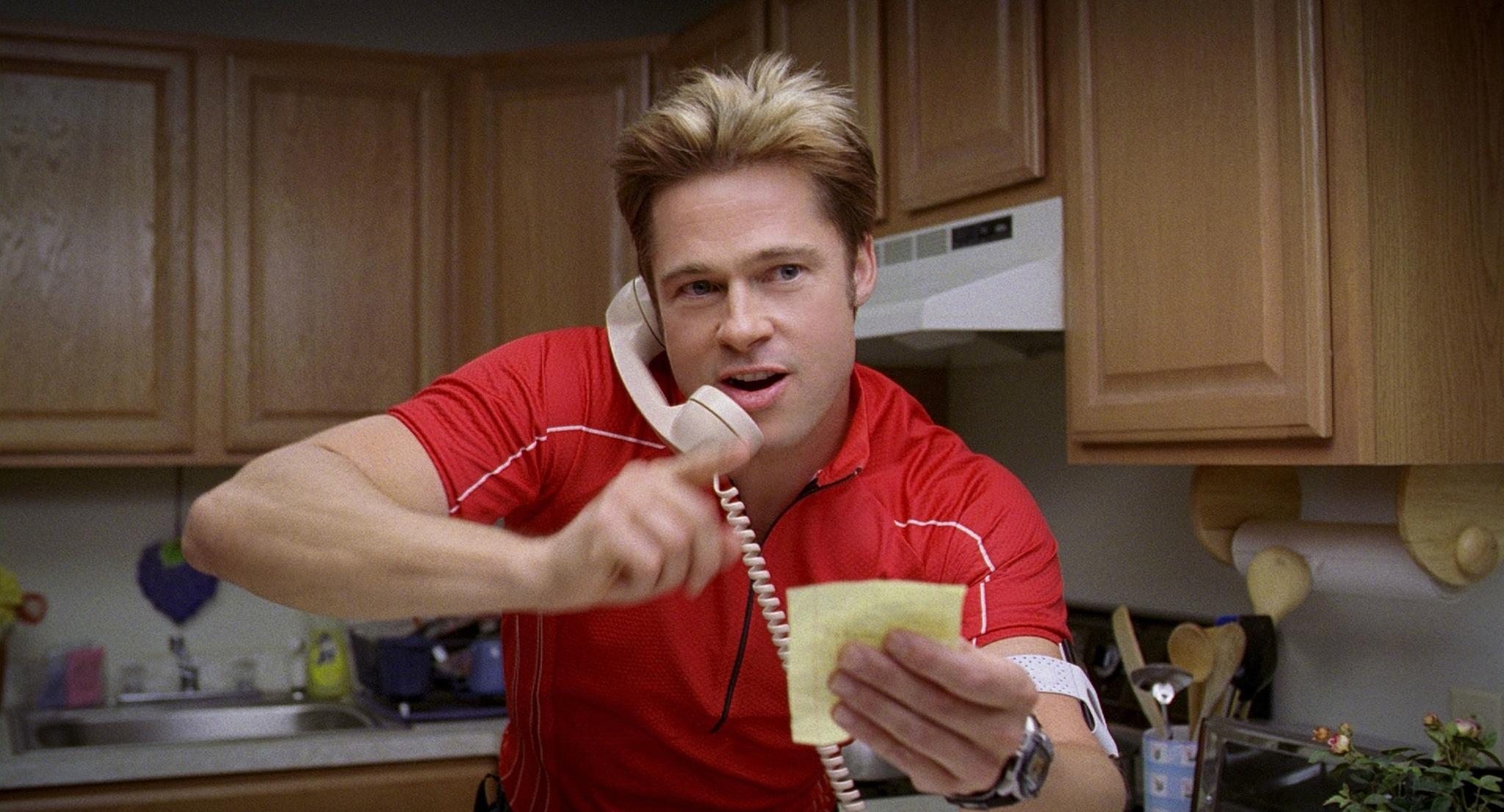
Not being like “The Big Lebowski”, “Burn After Reading” indeed displays the main traits of the Coen’s cinema. The critique of the Classic Narrative Mode by his use is very clear at the end of this film. Using the formula of something extraordinary happening to someone ordinary (also displayed in “The Big Lebowski”), the Coens develop a complex plot, filled with absurd and hilarious circumstances (John Malkovich punching Brad Pitt in the face is a highlight).
The most Classic Narrative Mode films display a character who learns something or at least changes after the journey they take. This change is used as a conclusion that fulfills the viewer’s need for meaning, but the Coen brothers break with this. At the end of “Burn After Reading”, the characters are literally asking what they learn but there is nothing to learn in the absurd circumstances of the film, precisely because there is no high meaning in them. Thus, the Coens manage to subvert the main function of classic techniques by using it with an absurd approach.
7. Michael Haneke
Austrian Prince of Asturias award-winning filmmaker Michael Haneke has said that he hopes all of his films are obscene in one way or another. Something is obscene when it behaves against the set of values that are currently followed by a certain group. This means that nothing is obscene in itself, thus that the set of values create limits on what can and cannot be said, and how. Defying these values is exactly what Haneke does.
As a filmmaker, Haneke can behave obscenely against the values of the film technique, i.e. the Classic Narrative Mode, and the values of society. He chooses to do both; he dares to say what is forbidden in forbidden ways. He also takes advantage of his technical mastery to use the mechanism of the classical approach and subvert it. He knows that the Classic Narrative Mode creates expectations and he uses these expectations to give strength to the moments when he decides to break with these expectations.
Signature Film – The White Ribbon (2010)
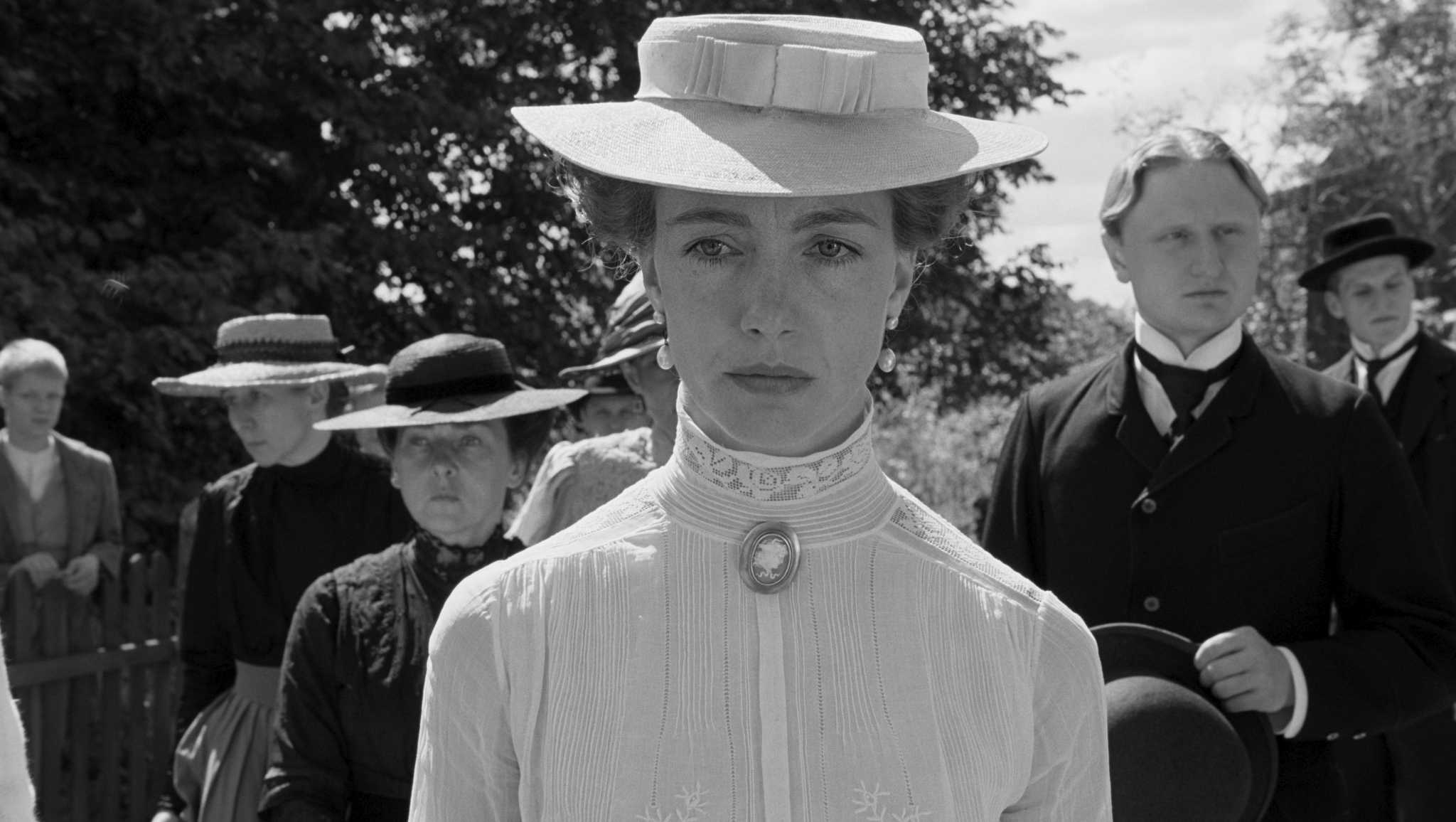
This German production, written and directed by Michael Haneke (originally Das weiße Band), is a very subtle affront to the classic techniques.
He takes advantage of the viewer’s customs to the Classic Narrative Mode to create the expectation of a resolution. He displays a mysterious event with classical elements such as a narrator, making us hope for an answer to the mystery. But the movie is not about answers.
Slowly, Haneke subverts the archetype of a narrator by putting him in the same position as the other characters, making him unable to provide a definite answer to the events we are seeing. He is not a privileged entity able to see what other cannot, but a character in the same position as the other ones.
“The White Ribbon” develops as a choral film, in which the mysterious events are not transcending visibly in the lives of the characters. Through the focus on the personal problems of the characters instead of the consequences of the mysterious events, Haneke draws a portrait of the community.
In this film it’s not important who commits crimes and why, but that the community is allowing it to happen. All of this takes a greater dimension when it is revealed that the community is living during the prelude of the Great War, creating an analogy between the community of “The White Ribbon” and humanity at that point of the 20th century.
8. Lars von Trier
This Danish filmmaker has made films in a wide variety of production schemes. From Dogme 95 guerrilla-like techniques to the big budgets of films as The Antichrist, he has been shocking viewers since his first film. His films are controversially acclaimed by some and repelled by others. But in the middle of the controversy, a fact that cannot be denied is how he transgresses both technically and thematically with his films.
Dogme 95 was born precisely as an affront to the cinema of that time and his production schemes; it enabled filmmakers such as von Trier to create uncompromised films. Since then, von Trier has been a director who takes subversive techniques such as shooting a film in a big black forum without scenography. With his technical decisions, von Trier enhances the power of displaying taboo themes such as sex, depression, death, perversion, abuse, etc.
Signature Film – Melancholia (2011)
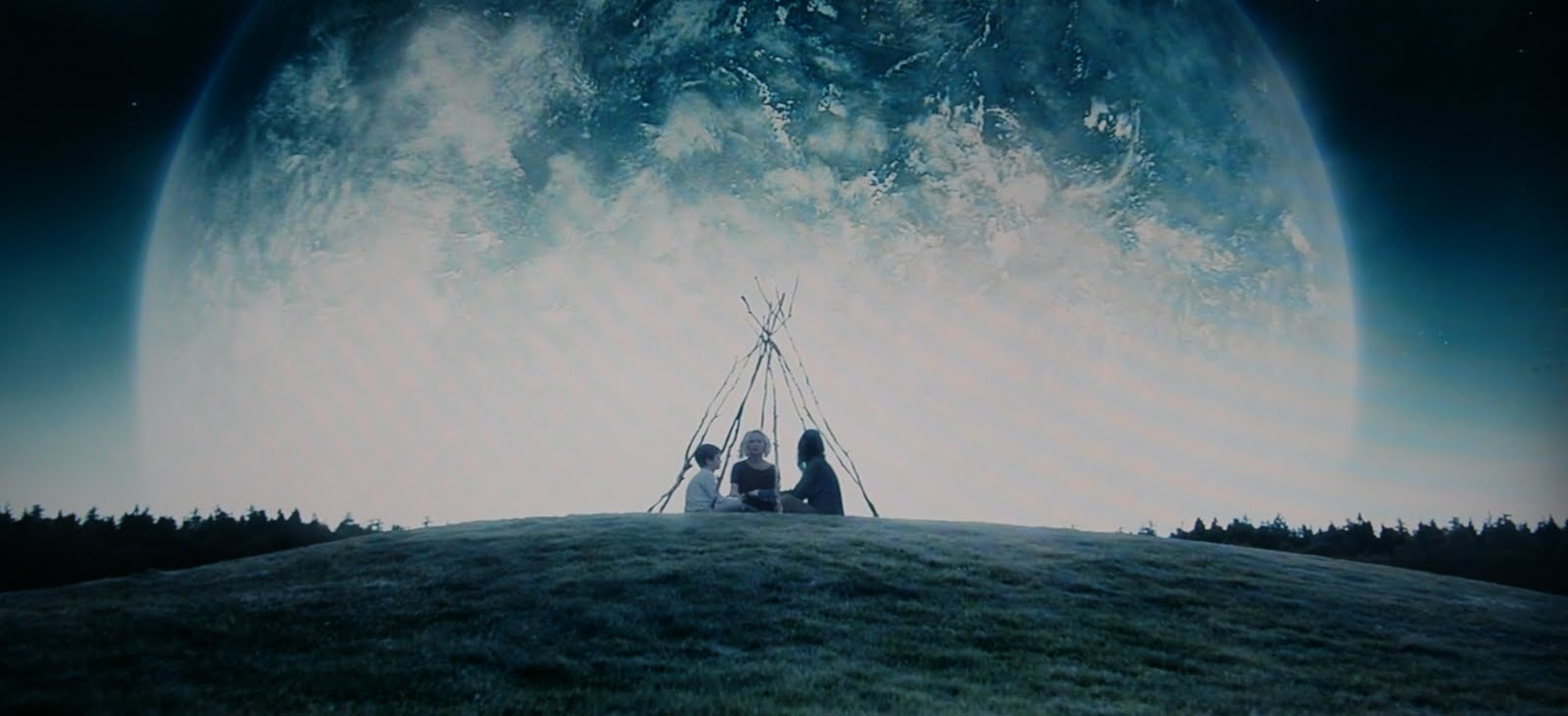
“Melancholia” is a good example of how the break of von Trier with the Classic Narrative Mode is not just related to the guerrilla production techniques of the beginning of his career. He uses the structure of his film in an uncommon way – he divides it. The division is not only dramatic (which would not be innovative at all) but also of point-of-view.
Similar to Bergman’s “From the Life of the Marionettes”, the film is divided by an alteration of the filming techniques and the focus of the characters. This breaks with a basic principle of unity present in classical narratives since the time of Aristotle. It is with the fragmentation of his film that von Trier changes the initially subjective POV of the first half of the movie to the more collective one during the second one. What starts as a film about a depressed character turns into a film about a fragmented family dealing with the destruction of the world.
9. Carlos Reygadas
Mexican award-winning director Carlos Reygadas, as many directors on this list, is a controversial filmmaker. Addressed as a merely provocative filmmaker by some and as master of his craft by others, he alleges that his films are not hard to understand, but for viewers who are expecting a certain narrative code. He refers to the conventions of the Classical Narrative Mode, such a dramatic thread and a clear timeline that allows the viewer to interpret the film.
Instead of dramatic links, Reygadas juxtaposes scenes with thematic or emotional intentions, thus being able to relate apparently unrelated moments. This relation is not specific and that is why Reygadas refuses to explain his films, the relation has to be a free process in the mind of the viewer. Indeed this a risky kind of cinema since a primary expectation of the viewers is to find certain meaning in what he is seeing, and in the films of Reygadas, nothing is certain.
Reygadas develops his films around the opposition between nature and civilization. Often displaying characters that have decided to leave the big cities for a little town in the countryside, he uses the journey into nature to show the repressions that can be related with evil, sexuality or even isolation. His films have a very documentary production approach and a real life inspiration; Reygadas himself left his work as a lawyer and moved to the countryside, and he prefers to work with non-actors to display the characters that live in the countryside in his films.
Signature Film – Post Tenebras Lux (2012)
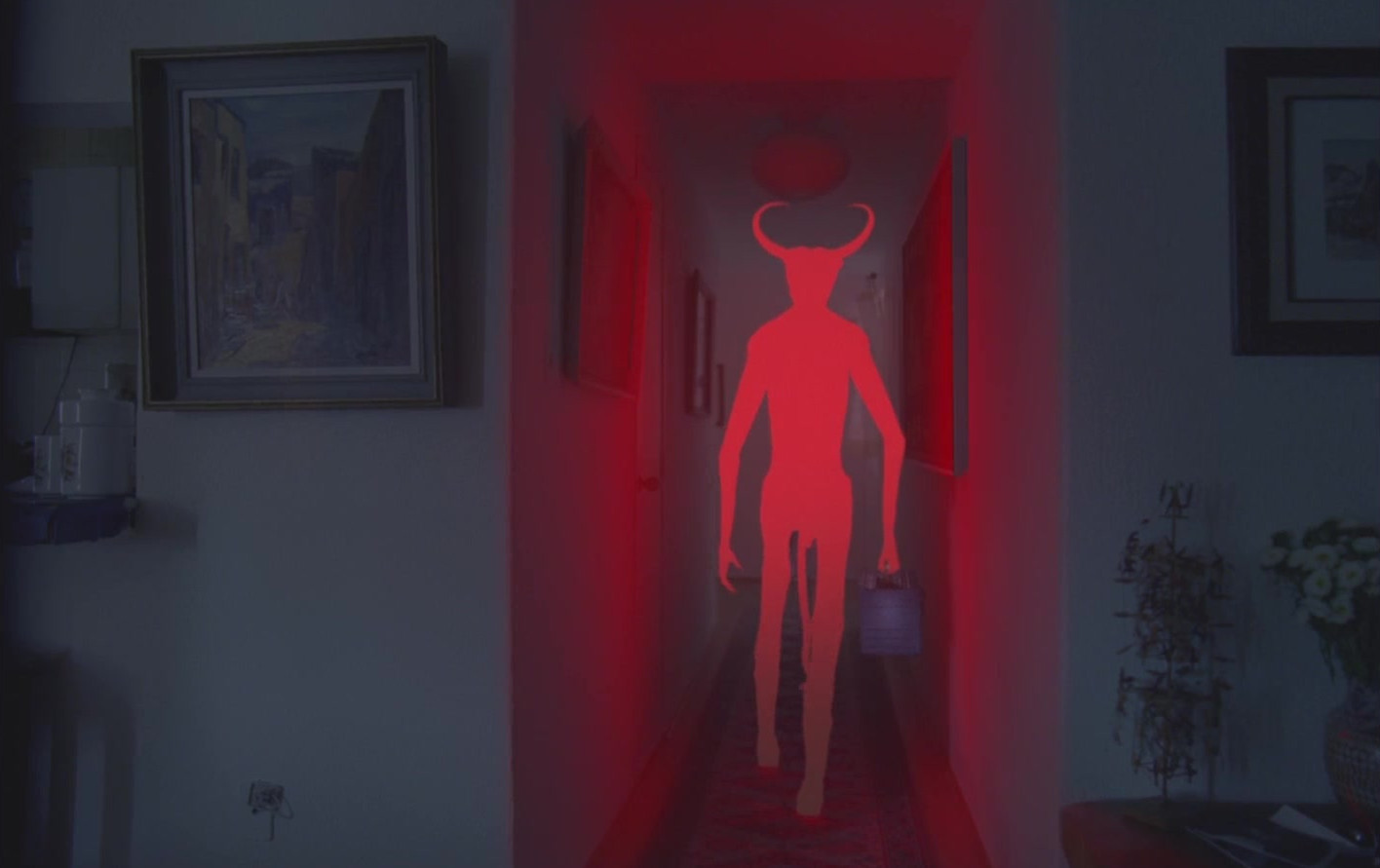
The lack of a dramatic thread characteristic of Reygadas is displayed at his highest in “Post Tenebras Lux”. In the film, there are several scenes that happen in places strange to the characters, such as a rugby game or the entrance of a devil-like figure into a house.
All of these scenes are happening around a family who has decided to move to the countryside, leaving their bourgeois life in Mexico City. The family is indeed experiencing changes; these changes are explicitly shown but implicitly signified through this apparently unrelated scenes.
10. Richard Linklater
Richard Linklater embraces naturalism to the point of waiting years for his actors to grow up in order to display this growth in his films. One theme that is constantly present in his movies is the influence of age/stages of life in his characters. In his films many things are going on, and many things happen to his characters, but these things are not necessarily dramatically attached. The lack of a dramatic thread is Linklater’s break with the classic approach.
Instead of a dramatic thread, time is what holds Linklater’s films together; it is what is constantly happening to his characters. Being a diffuse concept, this thematic thread is often passed by, making some distracted viewers accuse these films of having the allegation that nothing is going on, but what is going on is time itself.
The importance of time is what makes Linklater so interested in working with real time when it comes to shooting his films. He needs to display the passing of time in his characters. His silent subversion is to make the “something happening to someone” an abstraction, and that abstraction is achieved not by dramatic decision but by the way in which he produces his films.
Signature Film – Boyhood (2014)
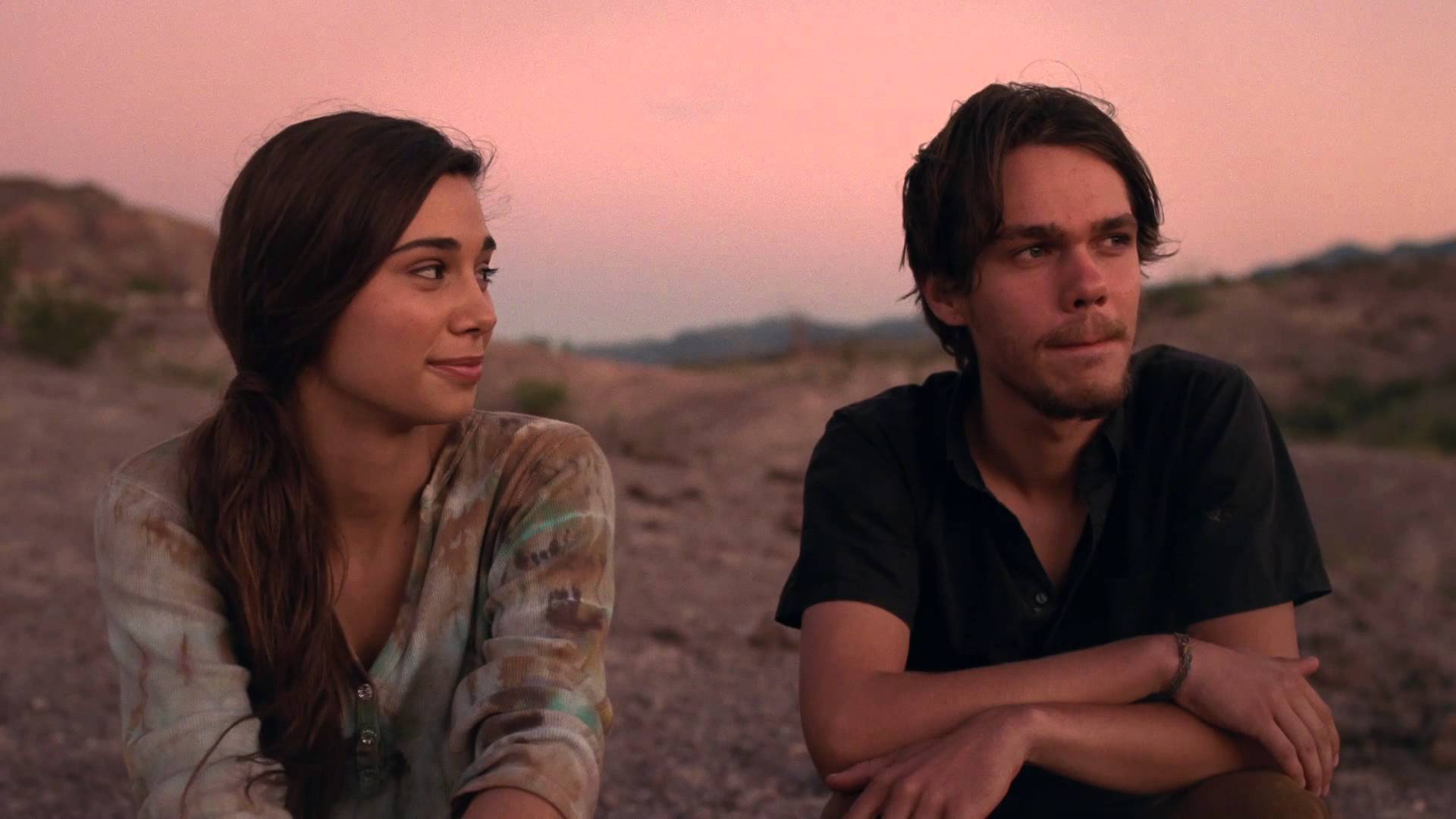
“Boyhood” is one of the most ambitious Linklater projects, which took him 12 years to shoot. It displays the growth of a kid into a young adult. “Boyhood” is the best example of how time ties together the films of Linklater.
We see how Mason Jr. struggles with an absent father, a drunk stepdad, a busy mother, and so on. But none of these problems are the main subject of the film; they are just windows to see how Mason deals with his condition of being a kid in a world of adults. Thus, these problems do not conclude, they as in real life do not end, but they change constantly. Some people are forgotten and some problems are always there.
Consistently, the movie does not end with a conclusion; there is no way to conclude with growth. Linklater just shows Mason in the threshold of a new stage of his life. “Boyhood” has come to an end but that does not mean that Mason’s experiences are going to sum up into a conclusive ending where he learns a big lesson. Instead of this, Linklater ends his film with a change, implying that an episode is ending but another one is just about to start.
Author Bio: German A. is a mexican film student. Currently residing in Guadalajara, he attends the Departamento de Imagen y Sonido and writes a personal blog in spanish about cinema and theater, he loves Community series and the films Theo Angelopoulus. Follow German on Twitter @GermanFMTA.